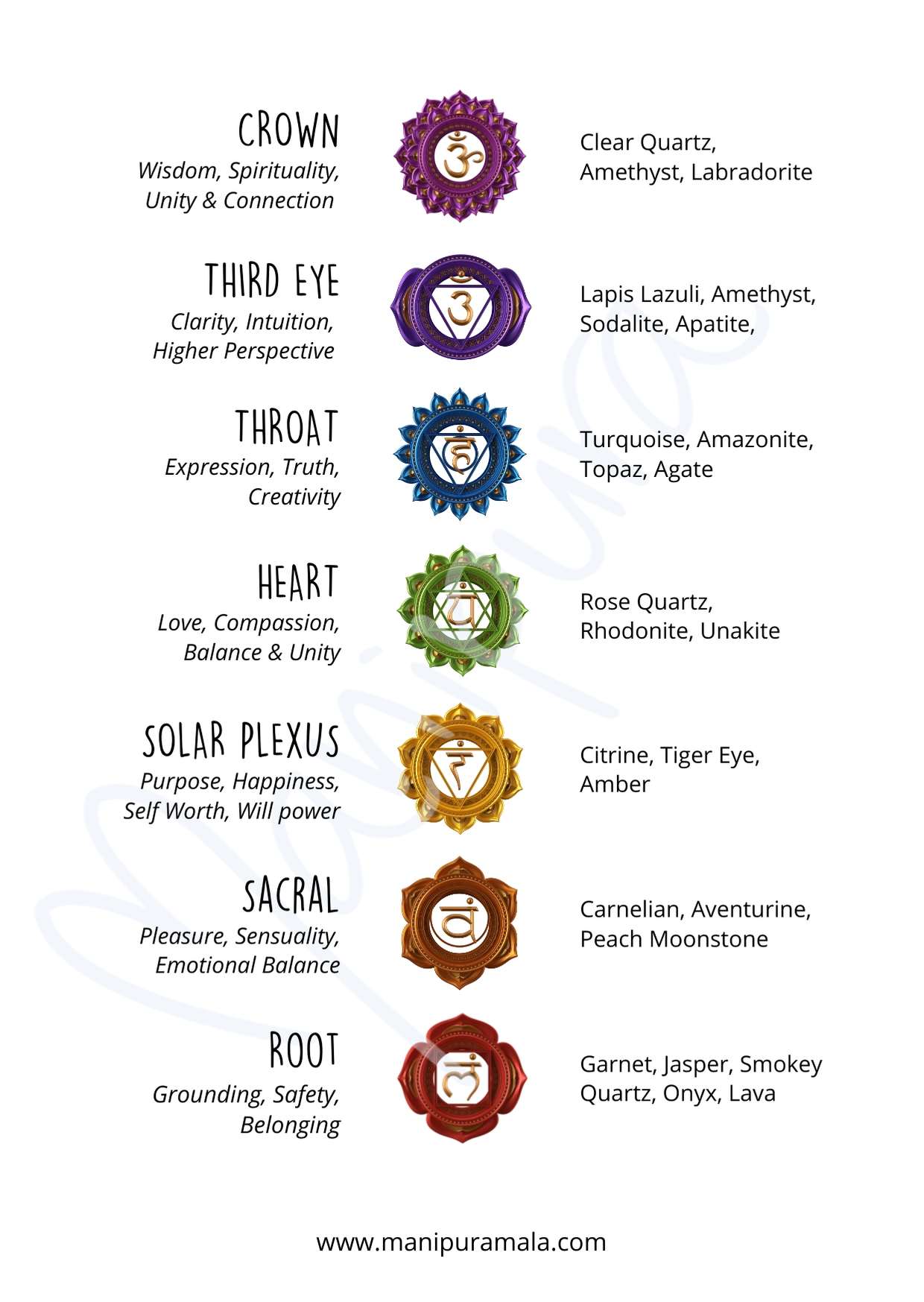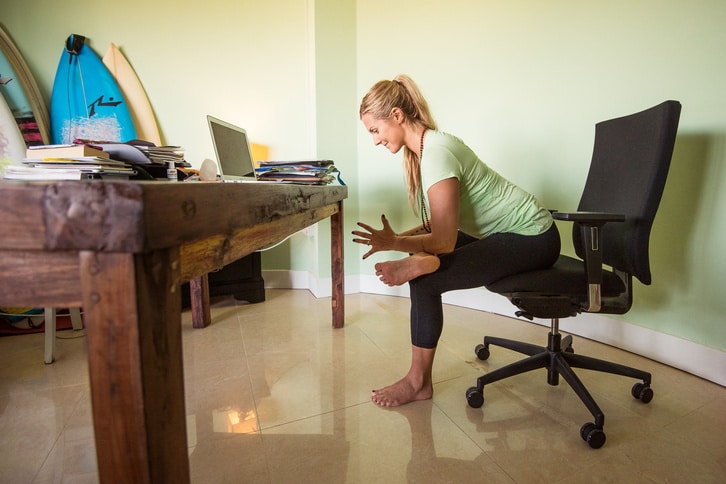
Yoga can be used to help stroke victims balance better and get more active. A study published in Stroke Journal suggests that yoga could be a way for these people to regain their physical health. Yoga is not meant to replace rehabilitation. It is important to talk with your doctor about whether yoga is right for you and which poses to avoid. This article provides information regarding the safety and efficacy of yoga for stroke victims.
A seated position is the best for stroke patients. Your hands should be in front of your knees. Your right leg should be straight in front of you, while your left leg should be bent behind you. The hips should be parallel to each other. Then, take five to ten deep breaths and move onto the next side. Be gentle with yourself when practicing the poses. You can injure yourself if you do too much at once. An easy pace is the best way to achieve a fit body.

Good practice can help you deal with the physical problems that come with a stroke recovery. It can also reduce the chances of long-term disability and continue the improvement. Stroke can cause serious damage to your body. A clot, or a ruptured artery, prevents blood from flowing to the brain. This can lead to brain cells dying and not receiving enough oxygen. This can affect a person's memory and muscle control.
This practice can help improve balance and independence. It will also improve your quality life. Studies have shown that a modified yoga intervention can help stroke survivors increase their independence and improve their QoL. It's an affordable, effective and cost-effective way to improve motor functions in this population. It can also help you to improve your own health. You can practice yoga at home. Yoga for stroke survivors has many benefits that can have a profound effect on your quality-of-life.
Yoga can help stroke patients, as well as improve your overall health. Yoga can improve mobility and strength, as well as reduce the risk of cancer and cardiovascular disease. In addition to improving your physical health, it can help you live a longer and more productive life. A stroke is something you need to address immediately. Consider joining a yoga class if your symptoms include fatigue and difficulty sleeping.

The study also aims for improved quality of life in stroke patients. Yoga can not only improve balance but also improve gait quality. The research conducted by this team focused on the benefits of yoga for stroke patients. Participants who regularly practice yoga had a higher quality of life and were able to move more freely. If you have a stroke, the first step is to practice yoga daily. Yoga can help you heal faster than you might think.
FAQ
Do Men Need A Gym Membership?
For men, a membership to a gym is not required. However, your money will be more valuable if you join a gym.
Most gyms offer free trial members, which allows you to use the facilities without paying anything.
You can use our gym anytime you like and it's free. You can cancel or modify your membership anytime you feel you don't like it.
Do I need to exercise every day?
No! You should do at least 30 mins of moderate-intensity activity 5 days per week. That means walking fast enough to be slightly out of breath or biking hard enough to sweat.
What is a good 7-day workout schedule?
A seven-day exercise plan should include cardiovascular training (running/biking/swimming), strength exercises (using weight machines, free weights) and one flexibility/core program (yoga or Pilates). It's essential to do each activity at least once a week. Each session should last no more than 45 minutes.
Cardiovascular Exercise: Running/Biking/Swimming
It is important to complete at least 60 minutes of cardio per week. Try to do 75 minutes per semaine for the best results. Cardio exercises can be used to increase blood flow, stimulate muscle growth, and improve blood circulation.
Strength Training
Cardio exercises focus on the heart and lungs while strength training targets muscles and bones. Strength training helps you burn calories even while resting.
Flexibility & Core Workouts
Flexibility and core workouts are great ways to strengthen your entire body. Both yoga and Pilates can be great choices.
Statistics
- According to the American Academy of Dermatology (AAD), men over 50 are at a heightened risk of developing it. (healthline.com)
- Get free shipping and 25% off today. (healthline.com)
- Candidates and applicants must pass all four tests at 70% (minimum level) to graduate from Basic Deputy U.S. Marshal (BDUSM) Training. (usmarshals.gov)
- An estimated calorie range for moderately active adult males falls between 2,200 to 2,800 calories per day, depending on age. (eatright.org)
- According to the American Heart Association, blood pressure should be checked at least once every two years, beginning at age 20. (my.clevelandclinic.org)
External Links
How To
What nutrients do men need each day?
For healthy growth and development, men need to eat a balanced diet. Vitamins, minerals, vitamins, nutrients, carbohydrates, fats and fiber are all essential for the body.
You also need specific nutrients for different times in the day. To give you an example, the body uses energy it receives from food to make hormones and antibodies. When you awake, protein is used by your body to build muscles or repair damaged tissue.
Your body stores extra energy as glycogen and breaks down fat at night. Your body still requires sufficient nutrients and calories even though it needs less calories. You can have a snack at night if you feel hungry.
When you work out, you need adequate levels of carbs and protein to fuel your muscles. If you exercise hard, you might feel muscle soreness.
To avoid this, you need to eat carbs and proteins within two hours of training. To provide energy, your body will begin to break down stored glycogen.
You must also eat protein right after you finish your workouts. This prevents the breakdown of muscle tissue that occurs while you sleep.
Your body produces lactic acid during high levels of physical activity. It builds up in your bloodstream, which can lead to fatigue. You can avoid this by eating carbohydrates-rich foods like fruits and veggies.
Carbohydrates provide energy for your body to recover after strenuous exercise.
Your diet may include lean meats like fish, eggs, milk cheese, yogurt or beans as well as lean proteins such as fish, eggs, egg yolks, cheese, yogurt, bean, peanuts and seeds.
All of these foods contain high quality protein. Protein aids in muscle growth and repair of damaged tissues. Protein provides the amino acid your body needs for testosterone and sexhormone production.
To maintain healthy skin, hair, and joints, you also need sufficient dietary fats. Healthy men should consume between 20% to 35% of their daily caloric intake from fat.
Fat helps keep your heart strong and protects against cancer. Your brain also functions properly thanks to fat.
You can get the majority of the fats that you need from vegetable oils such as soybean oil.
These oils are high in monounsaturated fatty acids (MUFAs). MUFAs can lower cholesterol levels and reduce inflammation. They protect cells against damage from free radicals.
Saturated fats (SFAs), are found mainly in animal products such as meat, milk products, and butter. SFAs raise LDL ("bad") cholesterol and increase triglycerides. They can also increase weight and reduce belly fat.
Plant-based oils such as vegetable oil, nuts, seeds, or grains are rich in polyunsaturated fats (PUFAs). PUFAs help improve cardiovascular function, and lower inflammation. They also reduce blood sugar, cholesterol, and other inflammatory factors.
Low HDL ("good") cholesterol is a common cause of erectile dysfunction in men. Consuming high amounts of saturated fats can increase bad cholesterol and lower good cholesterol.
Men who eat large quantities of red meats or pork may develop prostate problems. High temperatures can cause nitrates to become nitrosamines. These compounds can lead to cancer.
Most processed meats contain nitrites and other harmful chemicals. You should avoid them.
According to the American Heart Association, you should limit your consumption of red meat to no more that 2 meals per week. Instead, choose poultry and fish, legumes, tofu or whole grain bread as your main source of protein.